What learning is really like, case study of one.
So, I took a blacksmithing class last week and I want to share a bit about how that went from a learning perspective.It was at a local place call Lawless Forge. It's a neat joint, self-styled as a team-building venue. I wouldn't define it as team building since there isn't any formal team building or skill building. They are strictly a blacksmith studio that enables urbanites to feel like craftsmen by enabling basic blacksmithing skills. This is not to be confused with a trade school. The fire was real, just like in the documentaries.
The fire was real, just like in the documentaries.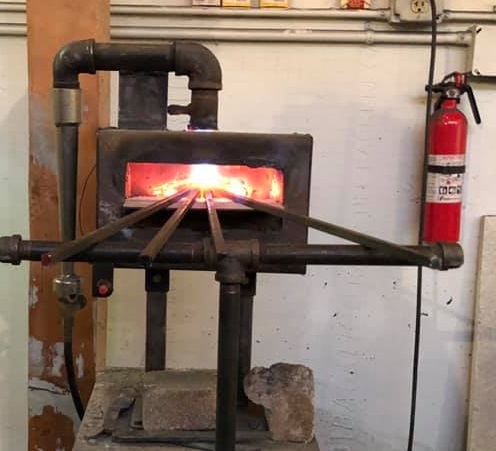 The anvils dated back as far as the 1700s - if they could speak I'll bet they'd have some stories.
The anvils dated back as far as the 1700s - if they could speak I'll bet they'd have some stories.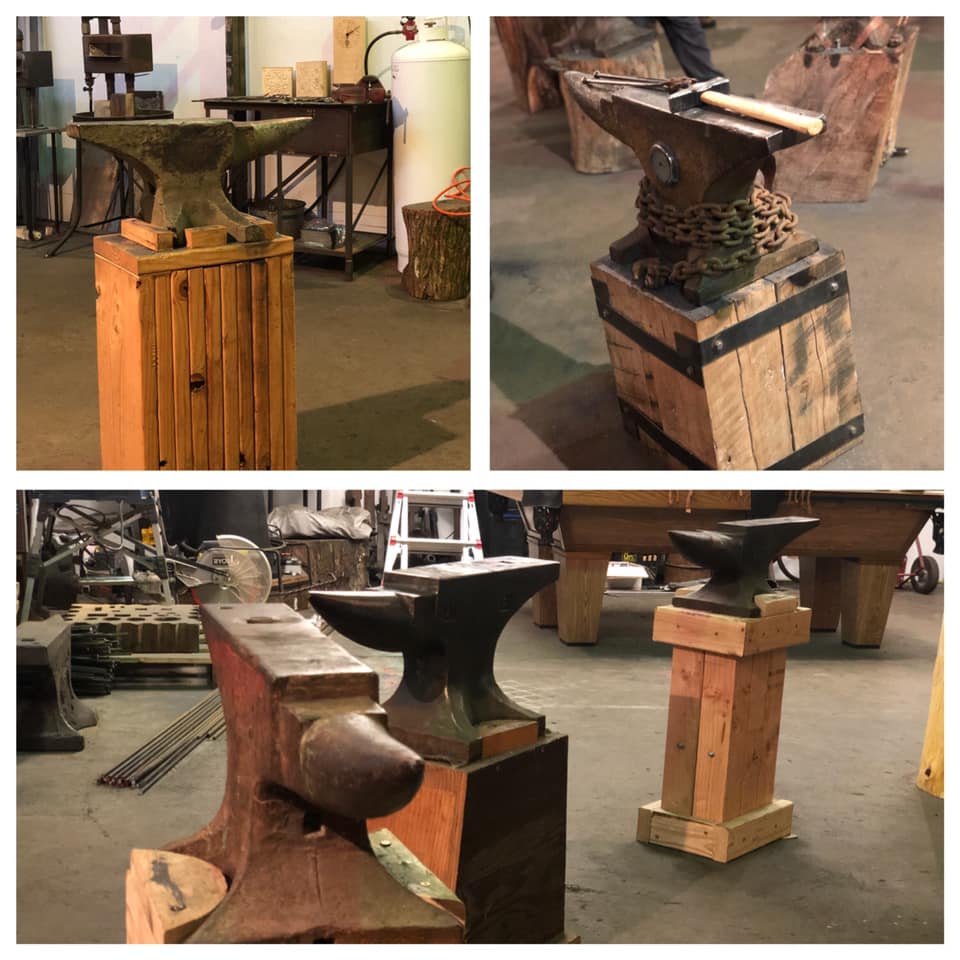 There was an ethos.
There was an ethos. We came in with a simple understanding of what we might be making: garden sticks of some kind.The instructor came to my friend and I and asked, "What do you want to make?" We thought the experience was pre-defined for our success. We did not expect to have to have invested in a vision--and for the most part it was. But the open-ended question was instantly intimidating. But with freedom came inspiration.Pinterest would guide us. Yes, that is where all good ideas come from, isn't it?"How about this?" No.
We came in with a simple understanding of what we might be making: garden sticks of some kind.The instructor came to my friend and I and asked, "What do you want to make?" We thought the experience was pre-defined for our success. We did not expect to have to have invested in a vision--and for the most part it was. But the open-ended question was instantly intimidating. But with freedom came inspiration.Pinterest would guide us. Yes, that is where all good ideas come from, isn't it?"How about this?" No.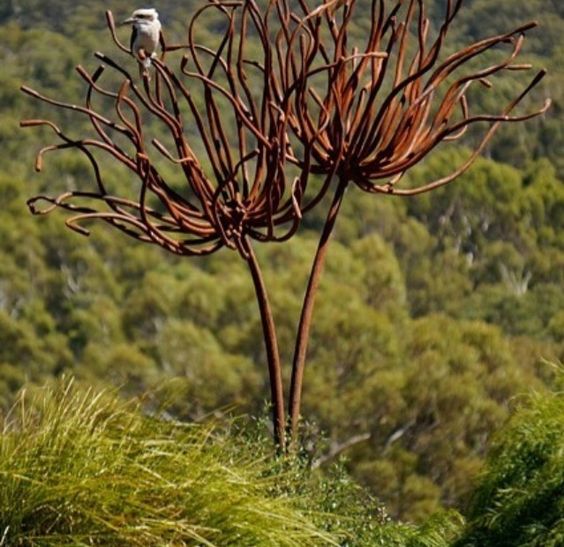 "This?" Too complicated.
"This?" Too complicated.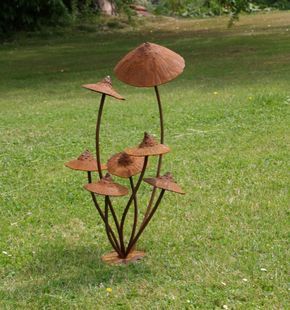 "What about--" No.
"What about--" No.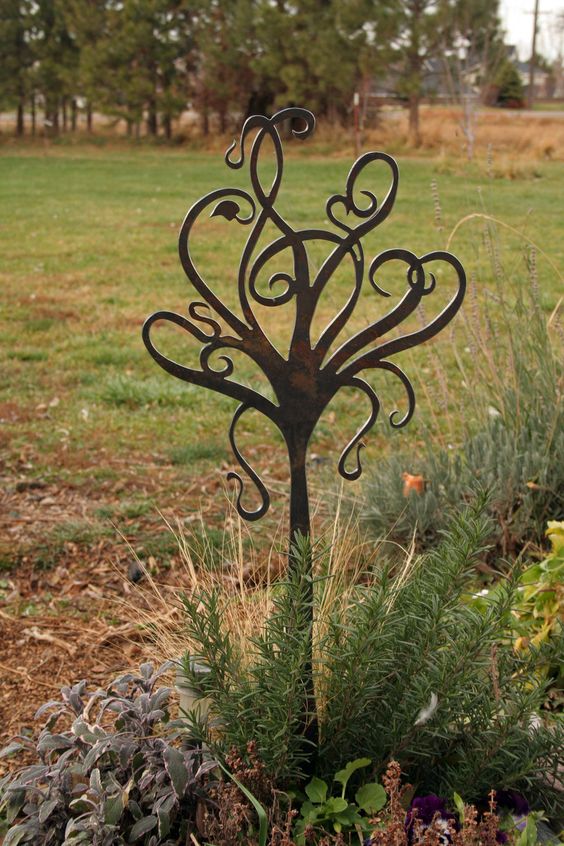 Left to our own devices, we had high hopes and big dreams.
Left to our own devices, we had high hopes and big dreams.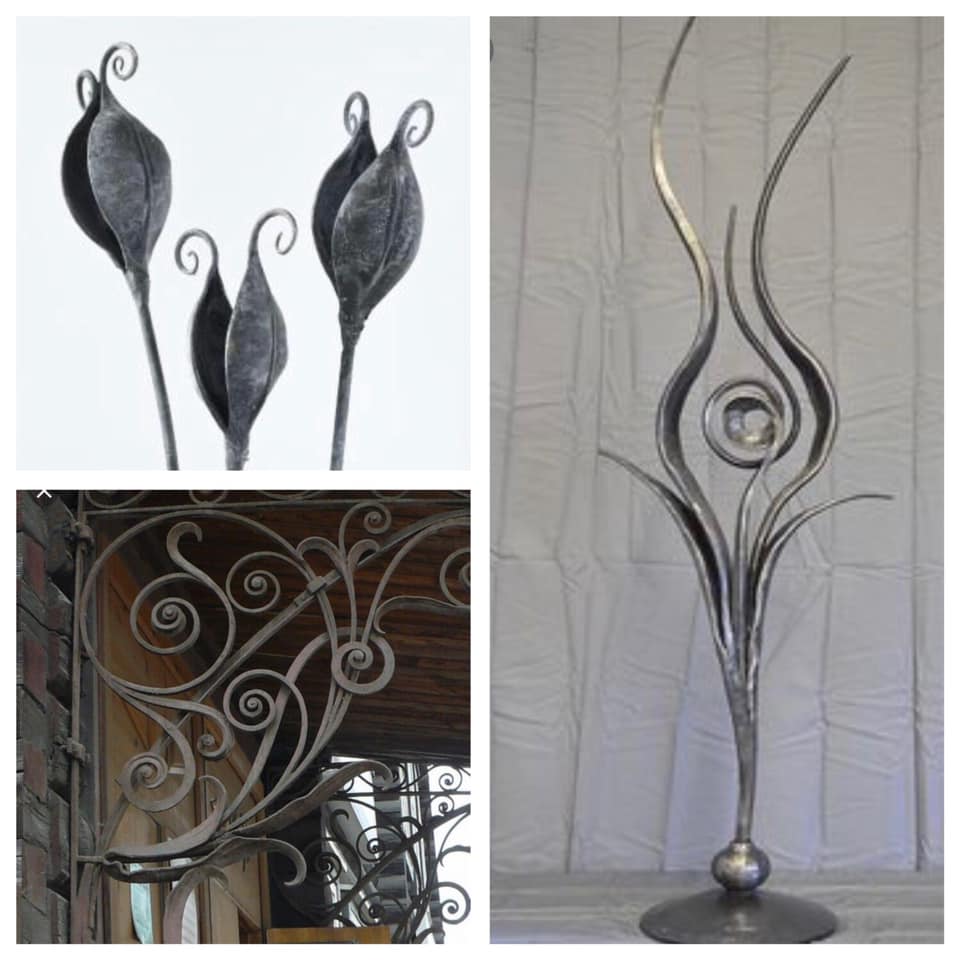 And, we met reality.
And, we met reality. Comments from the time we spent give you some sense of the arc of our experience:
Comments from the time we spent give you some sense of the arc of our experience:
- "The metal in documentaries looks a lot softer than this feels."
- "My metal isn't bending, am I not hitting it hard enough?"
- "My hand hurts."
- "That fire is very Game of Thrones."
- "My wrist is cramping."
- "This is harder than I thought it would be."
- "My vine doesn't look real."
- "At all."
This is what learning looks like and feels like--a lighted hearted perspective on a light hearted activity. We forget that when we try to pick up a new skill, like learning how to dance, how to become a manager, or how to make a garden ornament isn't something we can become proficient at in 3-hours or less. It takes time, dedication, and practice. It also takes a genuine interest.
The Nuggets?
My research on master craftsmen, how we get better at what we do, and how to take greater responsibility for your own learning is something I'll continue to share and explore in this blog. There are many lessons to be gleaned from this experience but I'll leave you with two:
- Finding a fascination with your primary material is the key to both creativity and perseverance. Genuine fascination with something particular gives you a unique advantage: the ability to see what most people don't. When you bury yourself in the particulars of something (metal, people, the problems of government, clay, homelessness, etc.) you see opportunities, experiments, and solutions that no one thought possible. Fascination also carries you through the hard times of frustration, boredom, and most important--failure. You have to have enough interest with what you are working on to care at failing. I have a whole new appreciation for what it takes to create something with metal. And, I learned metal was not my medium.
- In order to create change, you need proximity to the problem at hand. I've observed, studied, analyzed, and written about how we get better at what we do, and the value of a beginner's mindset, but that is and abstraction to the actual experience of learning by doing. Think back to the time you became a new manager. You read a book, maybe had a training. If you were lucky, a manager discussed a few ideas with you. But in the end, you learned by confronting another human being and trying to achieve results through them.
So next time you are taking up a new idea, subject, or problem give some thought to where you are in your learning cycle, and what aspect of the problem you are trying to solve most fascinates you. Then, go deep!
